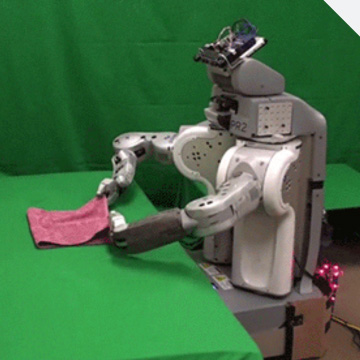
The Lackluster Appeal of Apple’s Vision Pro
June 18, 2023The Rise of Generative AI in Media and Entertainment in 2023
The icon of the year 2023
The year 2023 marked a significant turning point for generative AI in the media and entertainment industry. With advancements in AI technologies, we witnessed a surge in creative applications, transforming the way artists, designers, and developers approach their work. This wave of innovation extended from graphic design and illustration to motion graphics, visual effects (VFX), film production, and 3D design. These applications allowed professionals to automate time-consuming tasks, experiment with new creative possibilities, and ultimately push the boundaries of what's possible in their respective fields.
The impact of generative AI was palpable across various sectors. For instance, in the film industry, AI-driven script analysis and recommendation systems helped screenwriters develop engaging plots and character arcs. In graphic design, AI tools empowered designers to generate complex, intricate patterns or designs in a fraction of the time it would take manually. However, this technological leap also raised ethical questions about authorship and intellectual property, with debates continuing on the balance between human creativity and AI assistance.
Adobe best inventions of 2023
The Iconic Influence of Generative AI Across Platforms
Whether you've actively engaged with generative AI or simply observed the buzz on social media through your friends' posts, comments, and likes, its impact has likely reached you. It may have already transformed your life or working environment, even if you haven't consciously realized it. Some individuals have changed career paths, while others have struggled to adapt. The intriguing aspect of generative AI lies in how users employ it, which is shaping an emerging UI pattern.
Notion AI
Magic Icons and Instant Imaginations
AI platforms often tend to associate generative AI actions with icons like magic wands and stars. But what prompts this particular choice, and why not opt for a thunder icon that conveys immediate results? While GPT-3 utilizes the thunder icon, GPT-4 seems to continue favoring the magic icon.
The rationale behind this preference is intriguing. In essence, users are encouraged to imagine or dream about what they desire, and in return, the AI grants their wishes nearly instantaneously. This practice aligns with the broader concept of user-friendly AI interfaces. Unlike mystical incantations or esoteric magic spells, the AI makes these interactions accessible to anyone, transcending linguistic and cultural barriers. This approach exemplifies the user-centered design philosophy, where simplicity and immediate satisfaction are paramount.
Magic word search for icons on flaticon.com
In reality, this choice makes perfect sense, in a "clear-as-mud" kind of way. In short, as a user, you're imagining or dreaming of what you want and almost instantly receiving it, without having to waste your precious time learning any foreign or unknown magic voodoo spells or incantations. Who needs ancient scrolls and mystical chants when you can just click a magic wand icon, right?
It's worth noting that Midjourney, an AI platform on Discord, actively employs the word "imagine" as its central action to generate images. This choice emphasizes the imaginative aspect of human-AI interaction, underscoring how these technologies serve as tools to turn our ideas into reality, bridging the gap between creative thought and tangible outcomes.




